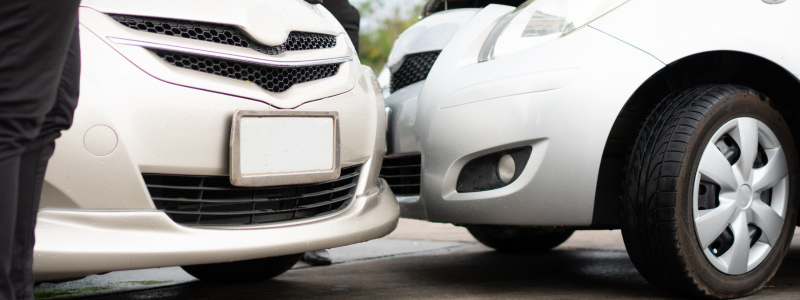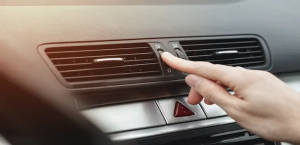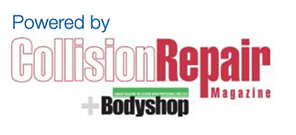In late February, Toyota Canada issued a recall for approximately 28,000 vehicles due to a transmission flaw. This flaw poses a potential safety risk as it may cause the wheels to continue moving even when the vehicle is in neutral. As a responsible automaker, Toyota is taking swift action to address this issue and ensure the safety of its customers. In this article, we will delve into the details of the recall, explore the potential risks involved, and discuss the steps Toyota is taking to rectify the situation.

The Transmission Flaw
The transmission flaw identified by Toyota Canada affects the 2023 to 2024 model year Toyota Tundra, Sequoia and Lexus LX 600 models. Most of the vehicles covered under this recall were sold new. The reason for the recall has to do with certain parts of the transmission that may not immediately disengage when an affected vehicle is in neutral, and which may keep the vehicle’s wheels moving–a serious safety concern. Imagine a scenario where a driver puts their vehicle in neutral, expecting it to come to a complete stop, only to find that the wheels are still in motion. This can lead to accidents, especially in situations where the driver needs to quickly stop or change direction.
Potential Risks
The potential risks associated with this transmission flaw are significant. If the wheels continue moving while the vehicle is in neutral, it can be challenging for the driver to regain control and bring the vehicle to a complete stop. This can result in accidents, collisions, and injuries to both the occupants of the vehicle and other road users. Furthermore, the unexpected movement of the wheels can cause damage to the transmission system, leading to costly repairs for the vehicle owner.
How to Check if Your Vehicle is Affected
Owners with affected vehicles will be notified by late April.
Steps for Repair
Toyota Canada is asking customers to bring their vehicles to Toyota and Lexus dealers for a free software update that should resolve the issue.
Frequently Asked Questions (FAQ)
Q1: What should I do if I own a Toyota vehicle and suspect it is affected by a transmission flaw?
If you suspect that your Toyota vehicle is affected by a transmission flaw, it is important to check the official Toyota Canada website. They have provided a dedicated page where you can enter your vehicle identification number (VIN) to determine if your vehicle is part of the recall. Additionally, you can contact the Toyota Canada customer support hotline for further assistance.
Q2: Are all Toyota vehicles affected by this transmission flaw?
No, not all Toyota vehicles are affected by this transmission flaw. The recall specifically targets certain Tundra, Tundra hybrids and Lexus LX600 vehicles produced between 2022 and 2024 as well as Sequoia SUVs manufactured last year.
Q3: How long will the repairs take?
The duration of the repairs may vary depending on the specific vehicle and the extent of the transmission flaw. Dealers will issue a free software update on impacted vehicles for the transmission control ECU (electronic control unit) software.
Q4: Will I have to pay for the repairs?
No, if your vehicle is part of the recall, the repairs will be carried out free of charge by authorized Toyota dealerships. Toyota Canada is taking full responsibility for rectifying the transmission flaw and ensuring the safety of its customers.
Q5: Is it safe to continue driving my Toyota vehicle until the repairs are completed?
If your vehicle is part of the recall, it is strongly recommended to take caution when parking, moving or working on the vehicle. Toyota did not specify whether driving the vehicle was unsafe.










